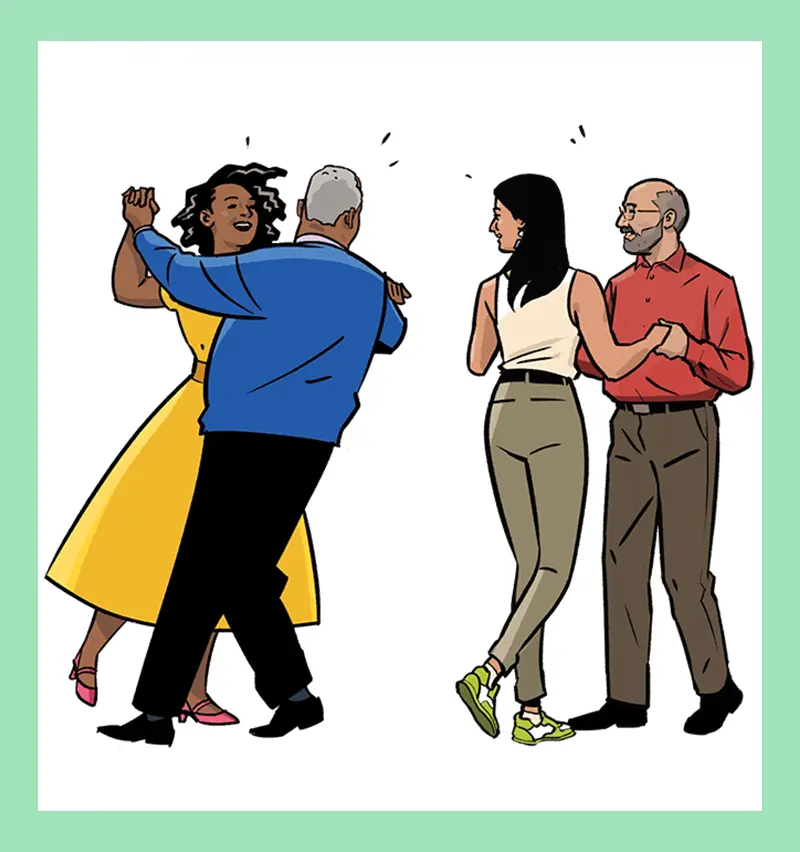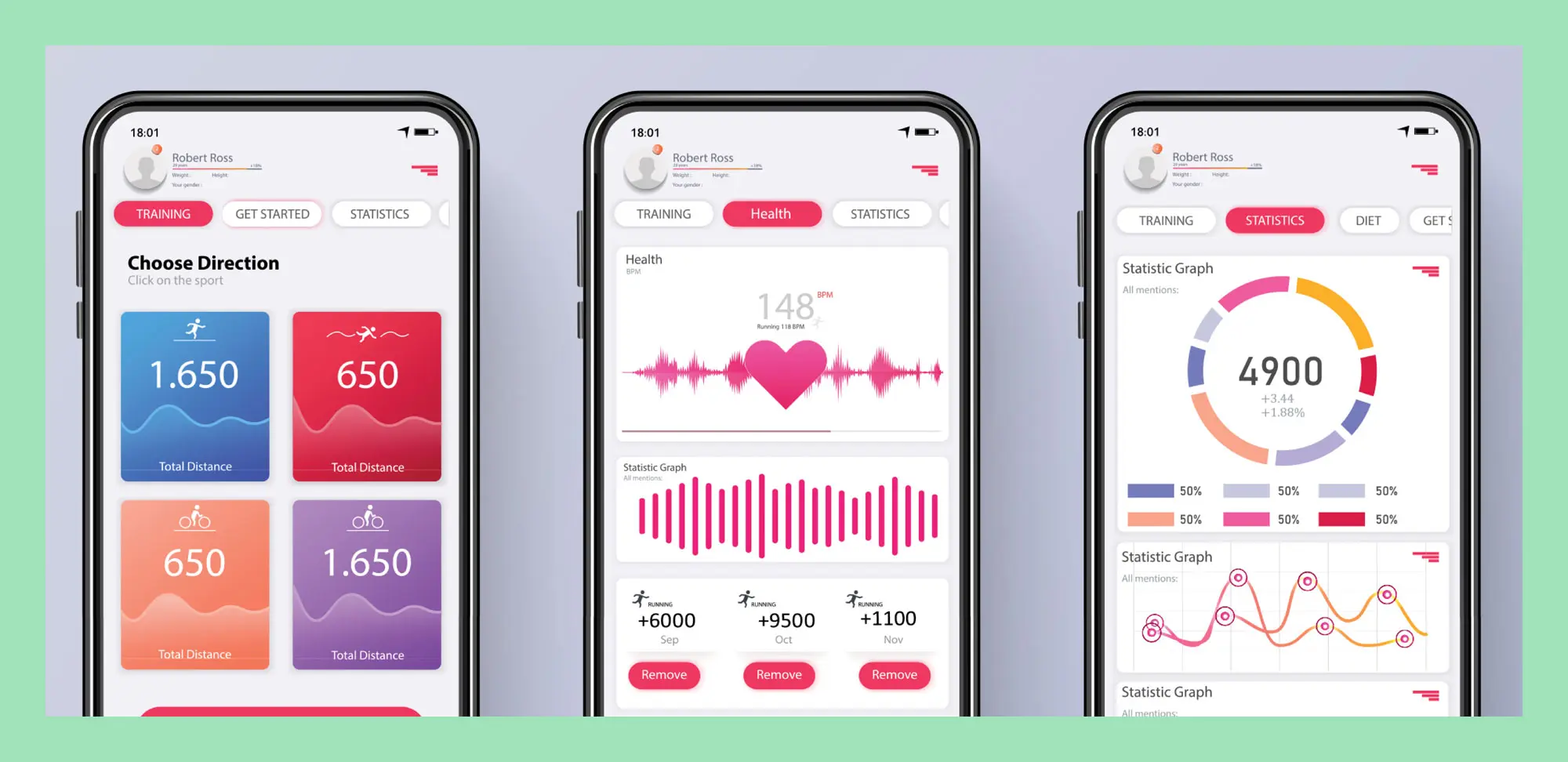Learning to ballroom dance will change your life — for the better!
Have you ever dreamed of doing the tango to the emotional strains of “Por una Cabeza”? Or making those dramatic foxtrot moves to Frank Sinatra singing “Fly Me to the Moon”?
Ballroom dancing isn’t just a super-fun social activity. It’s also a pretty terrific mind and body workout.
Simply put, ballroom dancing refers to a variety of recreational dances with a partner and can include everything from the waltz, tango and foxtrot to more rhythmic dances like the cha-cha, rumba, mambo and East Coast swing.
The key for beginners, says Glen Michael, president and founder of the National Ballroom Academy in Thornhill, Ont., is to dance to music you enjoy.
“You don’t have to be super fit, and dance instructors will evolve the dancing based on your personality and what your body can do.”
Need a nudge? Here are eight reasons to learn to ballroom dance.

- Physical Exercise
Dancing is great exercise for your muscles and your heart. Health benefits include improved muscle and bone strength with low risk of injury. “Dancers work with fluidity, range of motion and coordination, which help to improve posture, balance and motor skills,” says Sarah Robichaud, a former dancer and the founder and executive director of Dancing with Parkinson’s. This can help prevent falls and other accidents.
- Anyone can dance
Ballroom dancing is a great activity for all age groups and especially older Canadians. If you’re on your own, no worries. Class participants will rotate so everyone gets a turn with a partner — and often the teacher. Physically challenged individuals can dance too. “In Dancing with Parkinson’s classes, we have dancers in wheelchairs and walkers, and we can modify the dances so they can do them seated, too,” says Robichaud. Someone in a wheelchair can dance with a standing partner, or two wheelchair users can dance together. Often the arms and upper body create the flowing dance movements.
- Brain work
Dancing uses more parts of the brain than any other activity, says Michael. “There is motion, music and dancing with a partner. You learn steps and learn them in coordination with the shape of the room and your partner; then there’s also your own artistically based impressions of the music.” All this information is processed in the corpus callosum, a collection of nerve fibres in the brain, to create the mind–body connection, Michael explains. Some research has shown that this type of mental work may help prevent symptoms of dementia.
- Come as you are
All you need is a clean pair of comfortable shoes, comfortable clothing and a smile, says Mark Read, a long-time professional ballroom dancing instructor at Joy of Dance, in Toronto.

- Social activity
Ballroom dancing makes it easy to meet new friends. “A lot of people take lessons to be with other people,” says Read. “And that social part is important because we all need human contact.”
- Fun
“As much as there is a learning curve,” says Read, “my thing in class is laughter. I tell everyone to ignore what other people are doing or thinking; just do it for yourself and have fun!” Bonus: Some dance studios hold social dances where members can invite friends to join in.
- Self-discovery
“Dancing is a self-exploration journey,” says Michael. “People have a good time, but it is also about learning about yourself, seeing what you can do, what you can’t do, and enjoying the journey.”

- A de-stressor
“Once you walk into our studio and the doors close,” says Read, “the outside world is gone. To dance and learn how to dance, you have to be present in the moment; you can’t be thinking about other things.”
Getting started
- Take private lessons. To find a studio, ask friends for referrals, visit studios in your neighbourhood and search online. Private lessons can be costly, though. For example, the average cost at National Ballroom Academy (com) is about $70 to $90 a lesson.
- Join a ballroom dancing group class.
Dance studios such as Joy of Dance (ca) and National Ballroom Academy offer classes, as do municipal
and city recreational programming. For example, the City of Toronto provides social dancing courses (tinyurl.com/2ypjapd6) for older adults. Group lessons, in general,
start at about $15 a class. - Contact specialty organizations such as Dancing with Parkinson’s (com). “We provide opportunities for physical activity and social connection in an artistic, inclusive and joyful setting,” says Robichaud. There are free daily online classes as well as in-person classes throughout the GTA. (Dancing with Parkinson’s is currently expanding to other provinces.)
- Take an online ballroom dancing class. Do your research to make sure the class is what you’re looking for and learn what the cost is.










